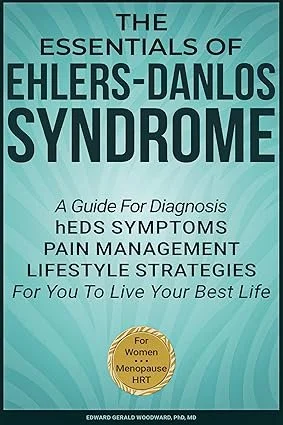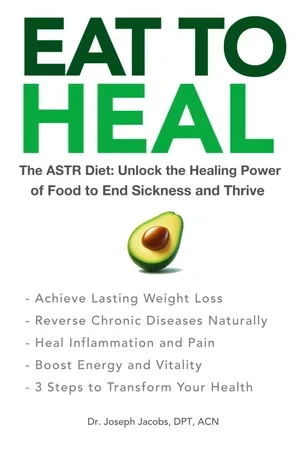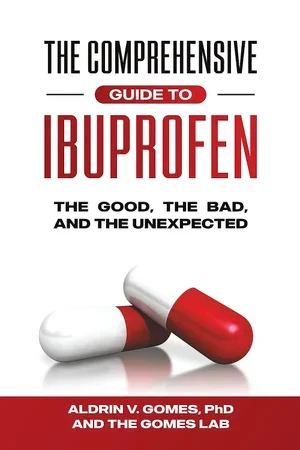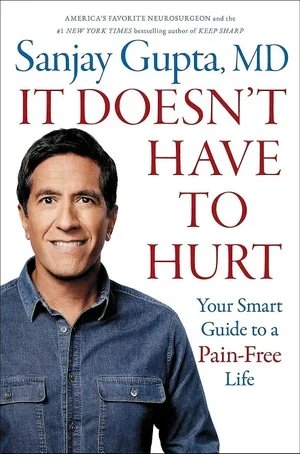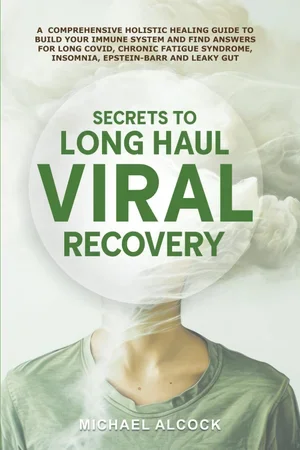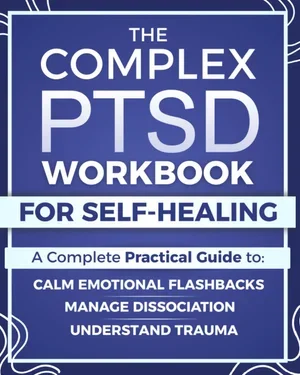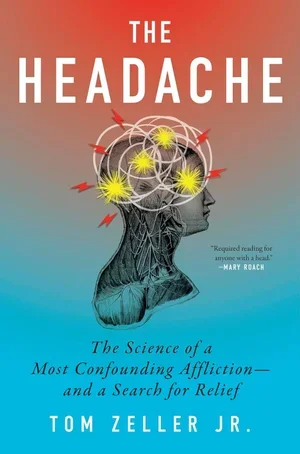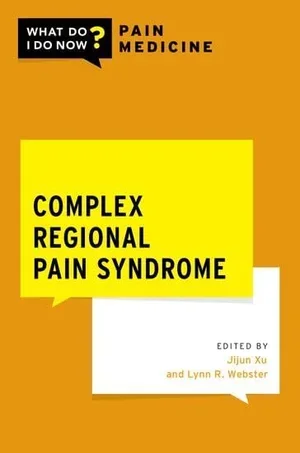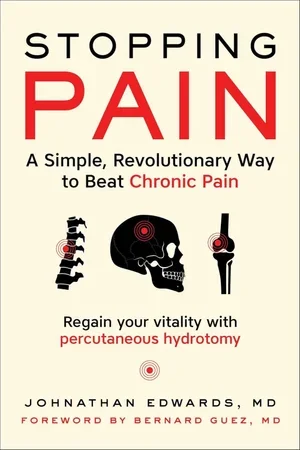A Holiday Reading Guide for People Living with Chronic Pain
/By Pat Anson
Is kratom really as dangerous as public health officials say it is? What foods can help reduce pain and inflammation? Why do some people get Long Haul Covid and others don’t? How can I manage pain flares from Ehlers-Danlos syndrome? What is percutaneous hydrotomy and why is it growing in popularity with injured athletes?
The answers to these and other questions can be found in PNN’s annual holiday reading guide. If you live with chronic pain and illness or have a friend or family member who does, here are 12 books that would make great gifts over the holidays. Or you can “gift” one to yourself. Click on the book cover or title to see price and ordering information.
The Essentials of Ehlers-Danlos Syndrome
This book is intended to help people understand and manage Ehlers-Danlos syndrome (EDS), a genetic and painful disorder that presents as a confusing set of symptoms that are often misdiagnosed. Topics covered include the 7 sub-types of EDS, what specialists to see, and how to create a personalized care plan to manage pain flares and fatigue.
Kratom: Facts, Myths, and Cultural Insights
This is one in a series of books by Adrian Colewood that seeks to present a balanced and neutral view on kratom, a controversial supplement used by millions to relieve pain, anxiety, depression and withdrawal. With kratom facing new regulations and outright bans due to its opioid-like effects, the book explores the myths and misinformation about a medicinal plant that’s been used for centuries in southeast Asia.
Handbook for Newly Diagnosed Cases of Adhesive Arachnoiditis
This second edition of Dr. Forest Tennant’s book for new cases of Adhesive Arachnoiditis (AA) explores the treatments that can reduce the symptoms of this debilitating spinal nerve disease. Left untreated, AA can result in intractable pain, a bed-bound state, and premature death. This handbook summarizes Dr. Tennant’s 3-step protocol to suppress inflammation and autoimmunity, regenerate damaged tissue, and control pain caused by AA.
Eat to Heal: Unlock the Healing Power of Food
After years of suffering from chronic migraine, fatigue and cancer pain, Dr. Joseph Jacobs turned to nutrition, developing the Advanced Soft Tissue Release (ASTR) diet to reduce inflammation, relieve pain and restore energy. In this book, he shares how eating the right foods helped him beat chronic pain from the inside out, while debunking the myths of so-called “healthy diets” that have left millions of people chronically sick and fatigued.
The Comprehensive Guide to Ibuprofen
Aldrin Gomes, PhD, and his team of researchers at UC Davis look at the benefits and risks of ibuprofen, one of the world’s most widely used pain relievers. Like many NSAIDs, ibuprofen increases the risk of heart attack, stroke and stomach ulcers — even at regular doses — and may interact with hundreds of medications. Studies suggest ibuprofen may also have some surprising health benefits, such as lowering the risk of dementia.
It Doesn’t Have to Hurt: Your Smart Guide to a Pain-Free Life
CNN medical correspondent Dr. Sanjay Gupta is a neurosurgeon by trade who believes all pain starts in the brain, and chronic pain “comes with baggage attached.” Gupta is not a fan of opioid medication, and thinks the body’s own pain relief system can be primed through meditation, sleep, nutrition, acupuncture and physical therapy such as foam rolling. He calls pain “the most mysterious of all human sensations.”
Hip Pain Relief For Seniors
This book is designed for older adults who want to overcome hip pain and limited mobility without surgery or medication. Simple and gentle exercises can be done at home to regain flexibility, strength and movement. These “senior-friendly routines” will help you stay active and independent, including older adults recovering from hip replacement or arthritis.
Secrets to Long Haul Viral Recovery
Author Michael Alcock is a “long-hauler” from Covid-19 and the Epstein-Barr virus, who spent a decade researching why some people are more prone to long-haul viral infections, while others recover easily. This book explains how to recover holistically from viral infections like long Covid by strengthening the immune system through better nutrition, vitamins and supplements.
The Complex PTSD Workbook for Self-Healing
Has chronic pain or a chronic illness left you exhausted — physically and emotionally? Do you live in dread of another pain flare or sleepless night? Alex Carter wrote this self-help handbook to guide you on a 6-week action plan to overcome Post Traumatic Stress Disorder (PTSD) with practical ways to help quiet your mind and nervous system.
The Headache: The Science of a Most Confounding Affliction
Over 3 billion people worldwide suffer from a headache disorder, including author Tom Zeller Jr., who suffers from cluster headaches. Zeller wrote this book to better understand what causes migraines and headaches, and why there are few effective treatments for such a common condition. Zeller looks at the inner workings of the human nervous system and provides a vivid account of the disabling pain that headache sufferers endure.
Complex Regional Pain Syndrome
Complex Regional Pain Syndrome (CRPS) is a debilitating chronic nerve disease that is usually caused by trauma and can strike any part of the body. This book, edited by Drs. Lynn Webster and Jijun Xu, is part of the "What Do I Do Now? Pain Medicine" series. It looks at 11 clinical cases of CRPS and how they were treated with conventional analgesics and novel therapies, including neuromodulation and ketamine infusions.
Stopping Pain: A Simple, Revolutionary Way to Stop Chronic Pain
Chances are you’ve never heard of percutaneous hydrotomy, a minimally invasive regenerative treatment in which a sterile saline solution is injected into the body to relieve musculoskeletal pain and “flush out” inflammatory substances. Percutaneous hydrotomy has been used in Europe for 30 years and is gaining popularity with amateur and professional athletes who want to stop pain, heal nagging injuries, and boost performance.
These and other books about living with chronic pain and illness can be found in PNN’s Suggested Reading page. PNN receives a small amount of the proceeds -- at no additional cost to you -- for orders placed through Amazon.

